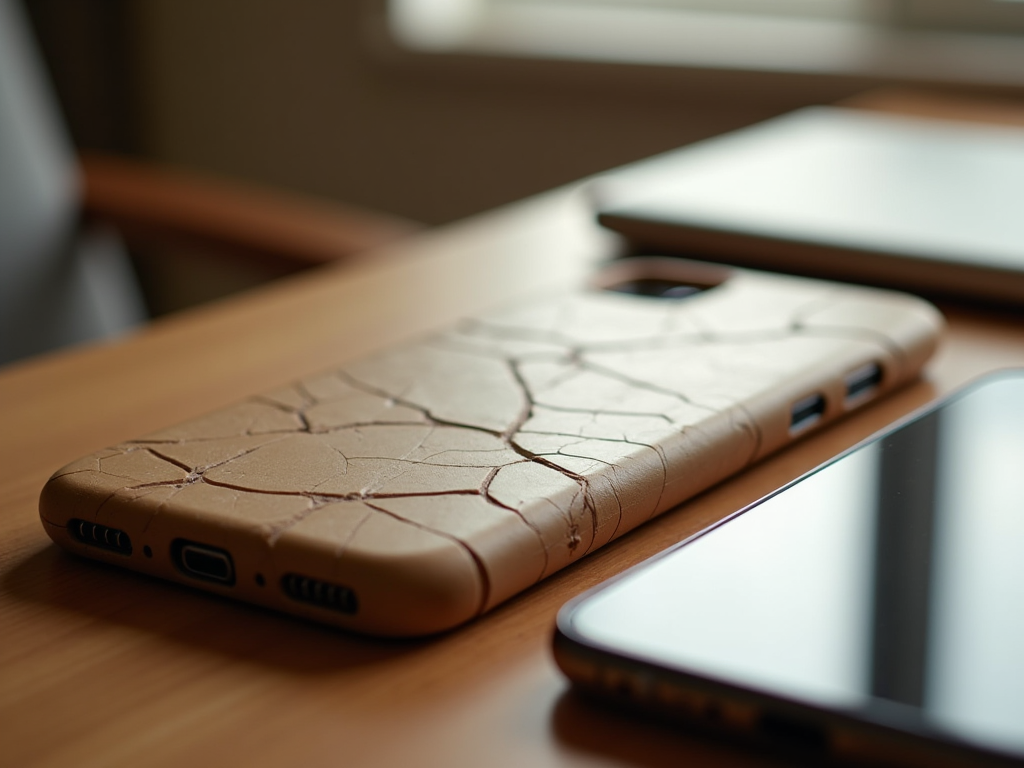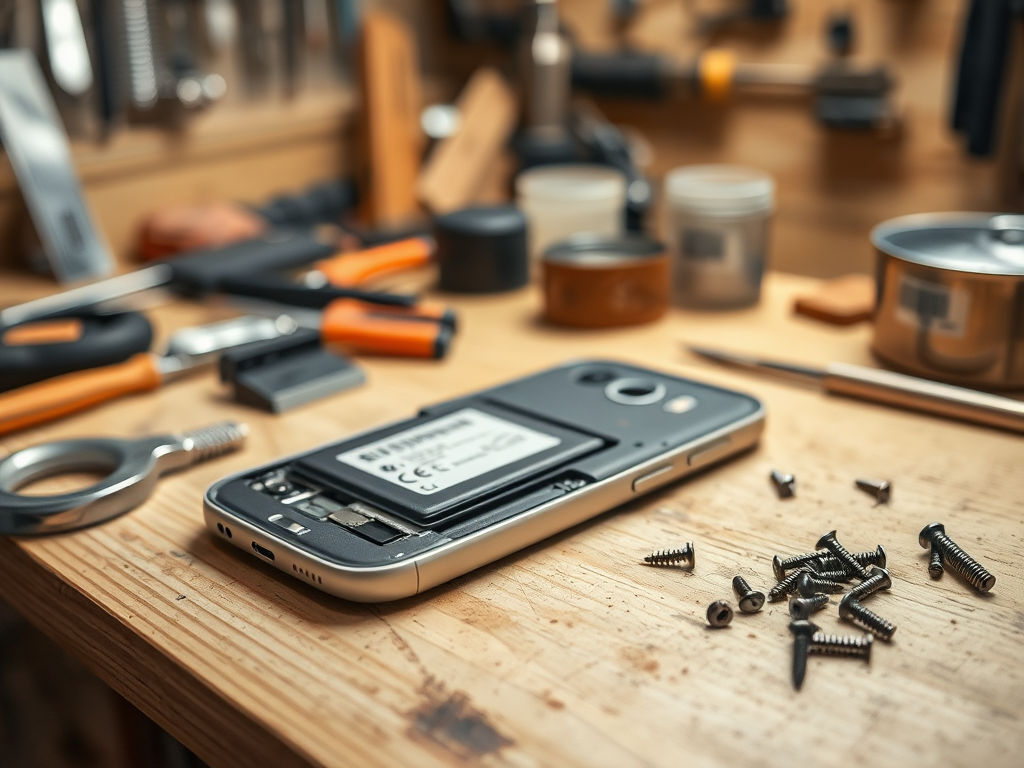In today’s fast-paced, technology-driven world, your mobile device is more than just a communication tool; it’s an essential part of your everyday life. From capturing priceless moments to accessing vital information on the go, our phones are integral to our routines. However, sustaining the longevity and safeguarding the condition of these devices goes beyond choosing the latest model. One often-overlooked aspect is the mobile case. This article delves into how often you should consider replacing your mobile case to ensure both functionality and style unite seamlessly.
Mobile cases are designed to provide value, offering protection and enhancing the aesthetics of your device. Despite their utility, the question arises: when is the right time to replace a mobile case? Factors such as wear and tear, lifestyle changes, and advancements in technology can influence your decision. When you recognize the signs of an aging case, it’s crucial to act swiftly in maintaining the integrity of your phone. As you read on, you’ll discover essential indicators and recommendations to help you establish a replacement routine that best suits your needs.
Understanding the Importance of a Mobile Case

Mobile cases serve as the first line of defense for your device. They protect against scratches, drops, and other forms of damage, keeping your phone in optimal condition. Whether you’re engaging in outdoor adventures, taking part in sports, or simply carrying your phone in your bag, durable protection can significantly influence your phone’s longevity. A good mobile case not only saves you from costly repairs but also sustains the resale value of your phone. Remember, investing in a quality case is as vital as choosing the right device.
Signs That Indicate It’s Time for a Replacement

While mobile cases have varying lifespans, certain indicators can signal the need for a replacement:
- Visible Damage: Inspect your case for cracks, chips, or significant wear and tear. Even small damages can compromise protection, making it essential to examine your case regularly.
- Functionality Issues: If the case hinders usability—such as obstructing buttons or ports—it may signify the need for a change, affecting your overall experience.
- Changes in Style: As tech trends evolve, your mobile case may look outdated. Aesthetic upgrades can enhance your display and make a statement.
Different materials have distinct lifespans that can dictate how often you should replace your mobile case:
| Material Type | Durability | Replacement Frequency |
|---|---|---|
| Silicone and TPU | High | 1-2 years |
| Leather | Medium | 1-2 years |
| Hard Plastic | Low | 6-12 months |
As you can see in the table above, the material significantly impacts longevity. Regularly assess how your chosen material is holding up over time. Just because a case is made from high-quality materials doesn’t mean it’s immune to wear and tear.
Frequency of Replacement Based on Usage
The rate at which you should replace your mobile case can depend on how you use your device:
- Active Lifestyles: If you are rough on your phone—think athletes or outdoor enthusiasts—replacing your case every 6-12 months is advisable to ensure maximum protection and functionality.
- Average Use: If your phone mostly stays in your pocket or purse, you may need to replace the case every 1-2 years, depending on noticeable signs of wear.
- Minimal Use: Users who keep their phone primarily at home might extend that to every 2-3 years without significant worries.
Understanding your lifestyle and daily interactions with your phone can greatly aid in establishing the right replacement schedule. This personalized approach can save you both time and money in the long run.
The Role of Technology Advancements
As mobile technologies continue to evolve, so do the designs and functionalities of mobile cases. New handset models often come with various features and designs that outdated cases cannot accommodate. Staying updated with the latest models may, therefore, require frequent changes to maintain compatibility. Investing in a new case can also introduce enhanced protection options and innovative features, allowing users to enjoy their devices to the fullest. Therefore, evaluating both your device’s age and technological advancements is vital when assessing if your case needs an upgrade.
Conclusion
In summary, replacing your mobile case isn’t just about aesthetics; it is crucial for maintaining the safety and longevity of your device. Regularly inspect yourCase for signs of wear and consider your lifestyle and usage habits to determine the correct replacement frequency. Remember that a protective case not only shelters your phone from damage but also contributes to your style. Make it a point to evaluate your case at least once every six months, so you’re never caught off-guard.
Frequently Asked Questions
- How do I know if my mobile case is worn out? Look for cracks, discoloration, or functionality issues such as difficulty accessing buttons.
- Can I clean my mobile case instead of replacing it? Yes, most cases can be cleaned, though severe damage may still warrant a replacement.
- Are expensive cases worth the investment? Higher-priced cases often provide better protection and durability, making them worth it for high-value devices.
- What type of case offers the best protection? Heavy-duty cases, such as those with shock-absorbing materials and reinforced corners, generally provide the best protection.
- Is it safe to use a damaged case? While it may not cause immediate harm, a damaged case can expose your phone to potential damage, so it’s best to replace it.



